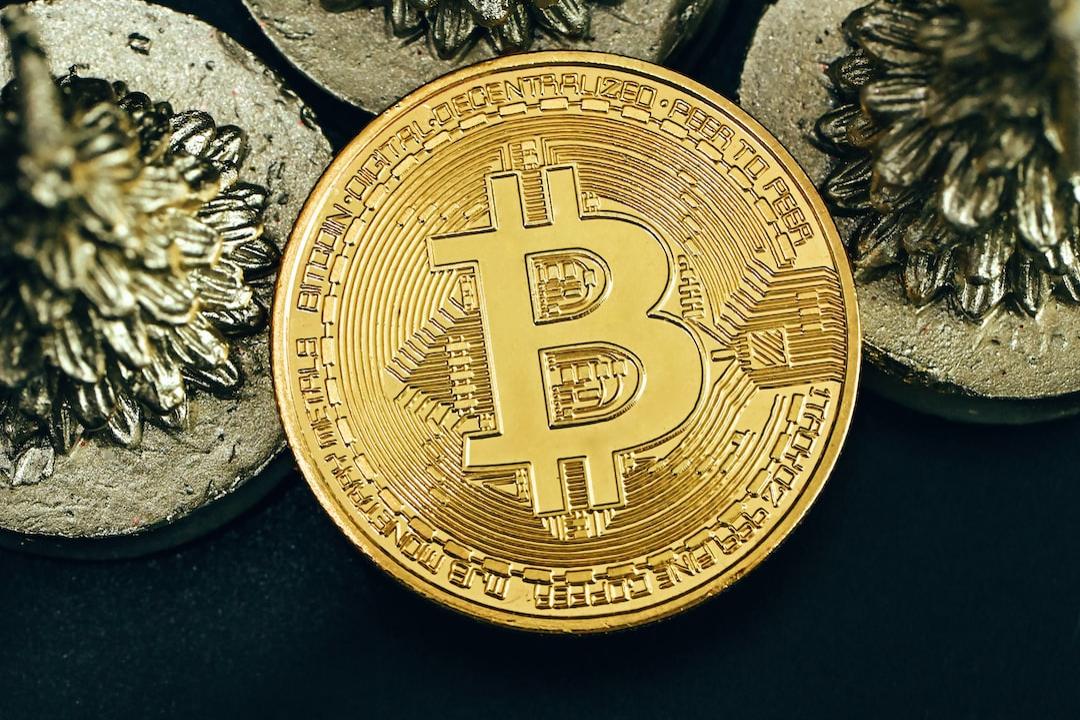After the stolen funds injected, the market value skyrocketed. Is Monero a breeding ground for crime or a continuation of the “cryptographic spirit”?
(Background: On-chain detective warns: $330 million worth of Bitcoin may have been stolen and laundered into Monero, with XMR surging 50% at one point)
(Context: A UN report warns that terrorist organizations are using Monero for fundraising, and regulatory “tightening” is imminent?)
Yesterday, the “ancient” privacy coin Monero ($XMR) suddenly erupted after a long period of silence. It surged 30% in a single day, with prices peaking at $329, setting a new high since 2021. What is this 11-year-old coin? And why did it suddenly soar?
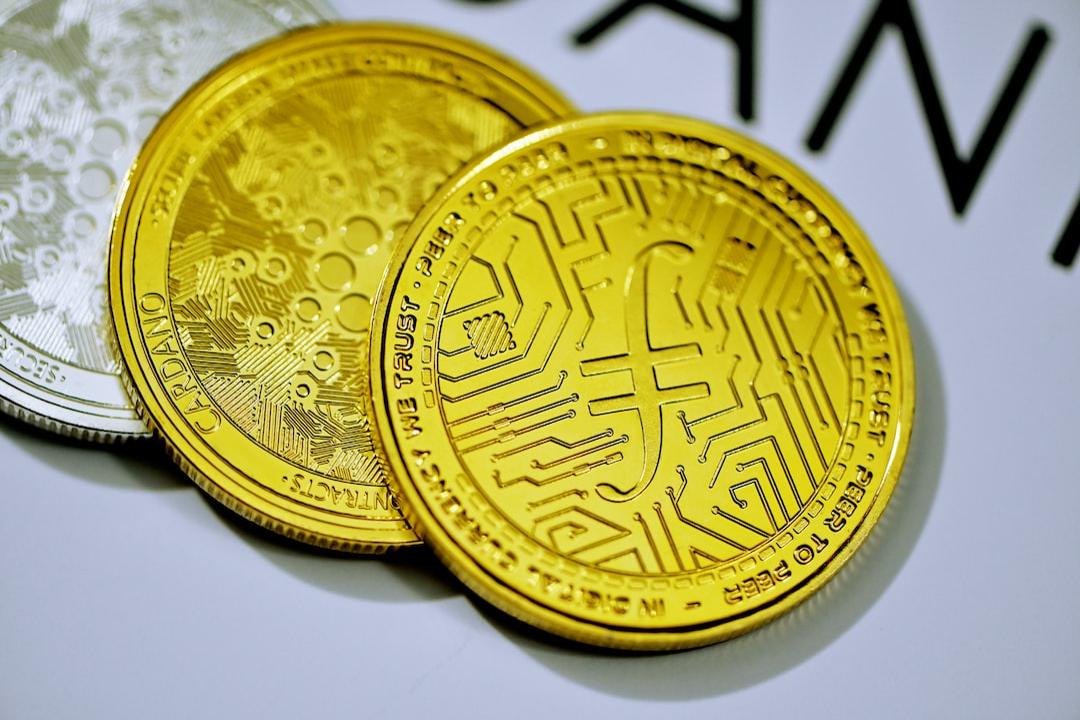
The OG of Privacy Coins
In 2013, Nicolas van Saberhagen published the “CryptoNote” protocol, and Monero was born in April 2014 based on this foundation, switching to RandomX in 2019. Monero employs technologies such as ring signatures, stealth addresses, and RingCT to mask the sender, receiver, and amount of transactions. This high level of anonymity gives it an advantage in privacy protection, and Monero’s modular code structure has received praise from Wladimir J. van der Laan, one of Bitcoin core maintainers.
However, while maintaining privacy, it also makes it difficult to meet the anti-money laundering (AML) and counter-terrorism financing (CTF) requirements of regulatory agencies. As one of the most well-known privacy coins, it is a token with two sides; on one hand, its emphasis on privacy, decentralization, and scalability is favored by many who love “liberalism,” but on the other hand, it has also become a breeding ground for criminals.
Criminals’ Favorite
In the late summer of 2016, following the arrest of “Silk Road” founder Ross William Ulbricht, law enforcement agencies mastered Bitcoin tracing technology during a long struggle. Major dark web markets like AlphaBay began to abandon Bitcoin in favor of the more difficult-to-trace Monero. North Korean hacker group Lazarus Group also favored using Monero to “wash” assets, leading to Monero’s first market value breakthrough in 2016, rising from $5 million to $185 million, along with rapid growth in trading volume.
2020 marked the second wave of popularity for Monero. That year, the terrorist organization ISIS updated its website, announcing that it would no longer accept Bitcoin donations, opting instead for the more private token, Monero. The reason was that if ISIS’s Bitcoin holdings were too large, it would be difficult for the terrorist organization to transfer or cash them out. A report from Chainalysis confirmed this, stating that ISIS held less than $100,000 in Bitcoin, with most other terrorist organizations in similar situations. That same year, dark web market sales grew by 70% year-on-year, with Monero becoming one of the main payment tools due to its privacy features, accounting for 45%, nearly equal to Bitcoin.
Monero has become notorious for its association with dark web transactions, fraud, ransom payments, and the exit routes for stolen coins, with “underground transactions” being widely adopted. In 2020, XMR’s token price rose from $50 at the beginning of the year to $150 by the end of the year, reaching $450 by mid-2021.
The Key to Freedom
Although Monero is already associated with “crime,” it is merely a technical tool. The Monero development team has consistently maintained a “code neutrality” stance. They emphasize that “Monero is designed for everyday use by ordinary people; any technology can be abused, such as cash.” They do not collaborate with criminal activities and have no ties to criminal organizations.
Thus, from another perspective, it embodies Bitcoin’s “transaction freedom,” gaining support from many who advocate “liberalism,” “privacy above all,” and “decentralized resistance to censorship.” Many in the community believe it to be the true Bitcoin.
John McAfee, the creator of the first antivirus software, was one of them. He stated, “Monero is one of the truly anonymous cryptocurrencies, while Bitcoin is not truly anonymous.” He expressed his recognition of Monero’s technical prowess and privacy features on multiple occasions during his life. Monero’s anonymity and untraceability align closely with McAfee’s long-advocated philosophy of “privacy libertarianism.”
Even “Bitcoin Jesus” Roger Ver “defected,” stating in his first public interview after being released on bail in 2024 that he decided to abandon Bitcoin in favor of Monero and similar tokens that can offer more privacy. “Nowadays, most people are using custodial wallets, which aren’t wallets at all; they’re just accounts, with no higher privacy than your account at a U.S. bank or PayPal. But fortunately, there are other cryptocurrencies like Monero that can provide more privacy protection.”
In regions active in cryptocurrency, some e-commerce or independent merchants accept Monero as a payment method, such as some tech-related online stores (hardware wallets or cryptocurrency peripheral technology products) or physical retail stores. Community member Schmidt also shared a receipt showing he purchased low-fat organic cocoa drink at Spar using Monero.
Note: SPAR is one of the largest food retail chains in the world, founded in 1932 by Adriaan van Well in the Netherlands. It has over 13,900 stores in 48 countries. The Kreuzlingen store in Switzerland, where this community member made a purchase, gained attention for accepting cryptocurrencies like Bitcoin and Monero.
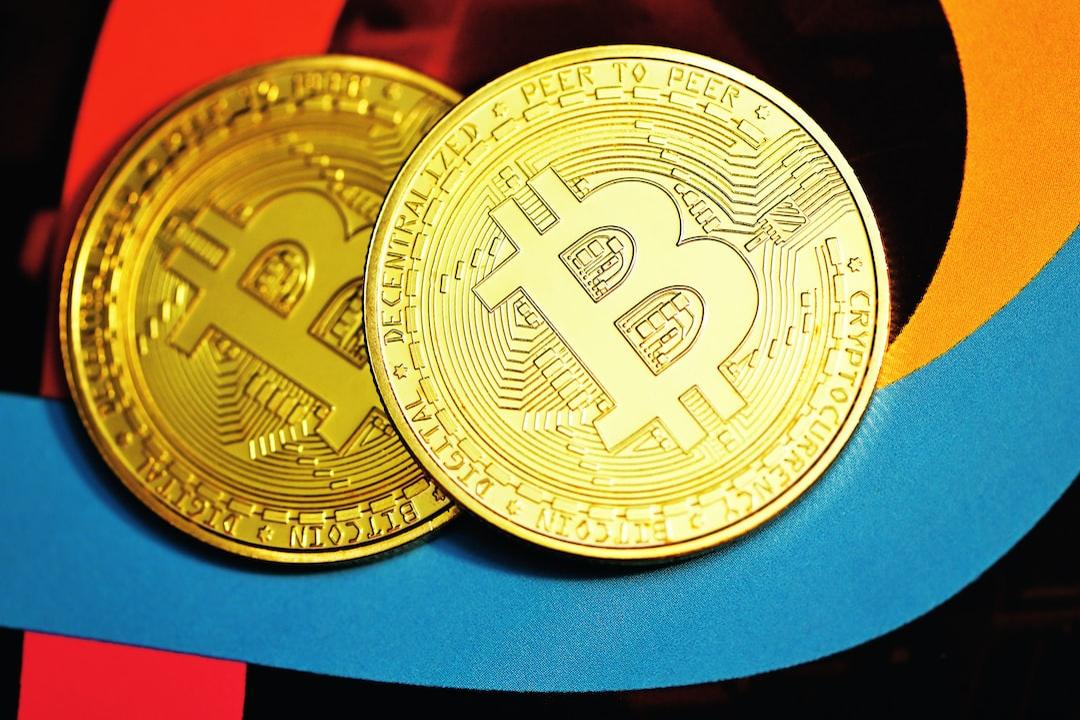
When the comment section rates Monero as a cryptocurrency used for “money laundering,” renowned on-chain detective ZachXBT countered, “No, I often use Monero to pay,” indicating that he is also one of Monero’s enthusiasts.
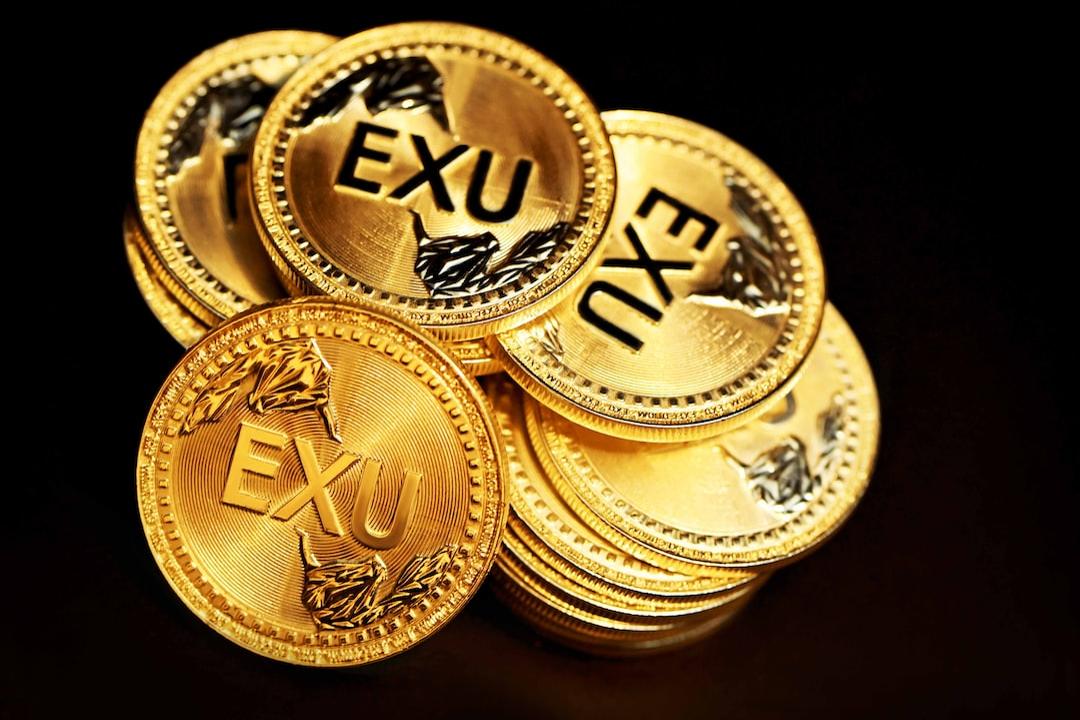
Short-lived Pump or Value Discovery?
Flow of Stolen Funds
On-chain detective ZachXBT posted on social media, “Nine hours ago, a suspicious transfer occurred from a certain address, amounting to 3,520 Bitcoins (approximately $330.7 million). Subsequently, these funds began to be laundered through more than six instant trading platforms and exchanged for Monero, causing the price of Monero to surge by 50%.”
This also led to a large-scale liquidation of short contracts for the token, forcing traders to repurchase assets, further increasing upward pressure on the price based on growing spot demand. These combined factors may have contributed to Monero’s recent sudden surge.
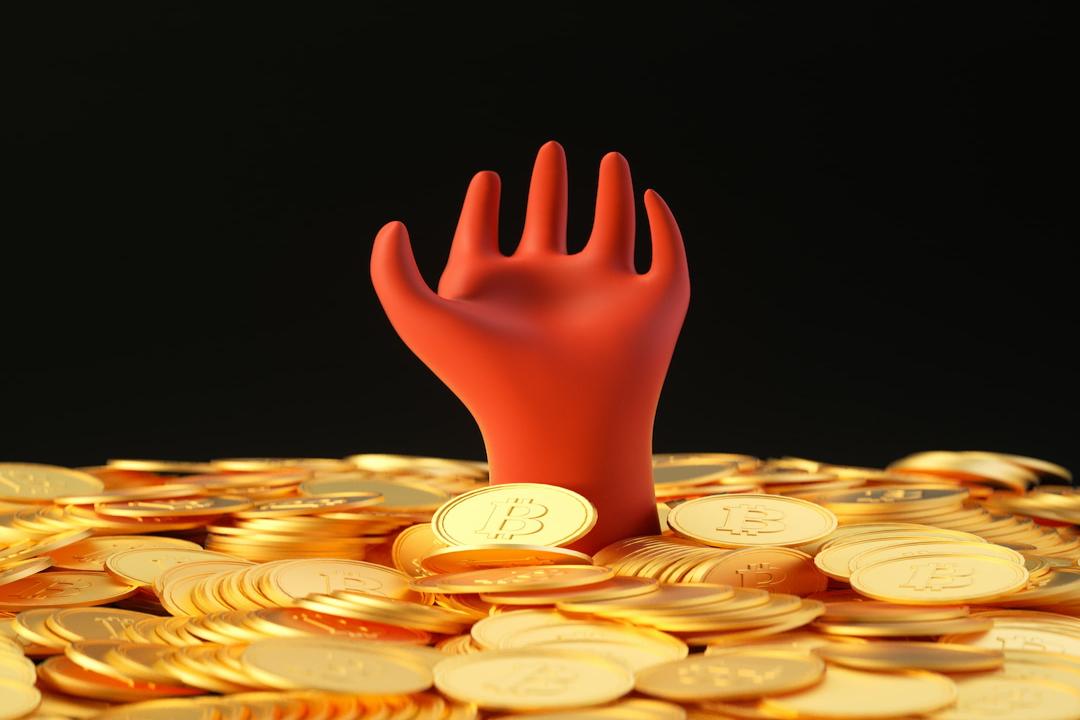
Project Progress Brings Good News
Some analysts believe that the growing anticipation for Monero’s EP159 and EP160 upgrade proposals is also one of the factors behind this surge. This proposal aims to make Monero more regulatory-friendly, allowing users to provide proof of transaction validity without exposing sensitive personal information. The community believes that this upgrade may allow Monero, which was delisted from major centralized exchanges (CEX) following the EU’s updated anti-money laundering regulations in 2024, to be relisted on compliant top-tier CEXs like Binance and Coinbase.
Additionally, the first DeFi project in the Monero ecosystem, Tari, is set to launch its mainnet on May 6, planning to merge mine with Monero. Many in the Monero community are highly anticipating the emergence of this project.
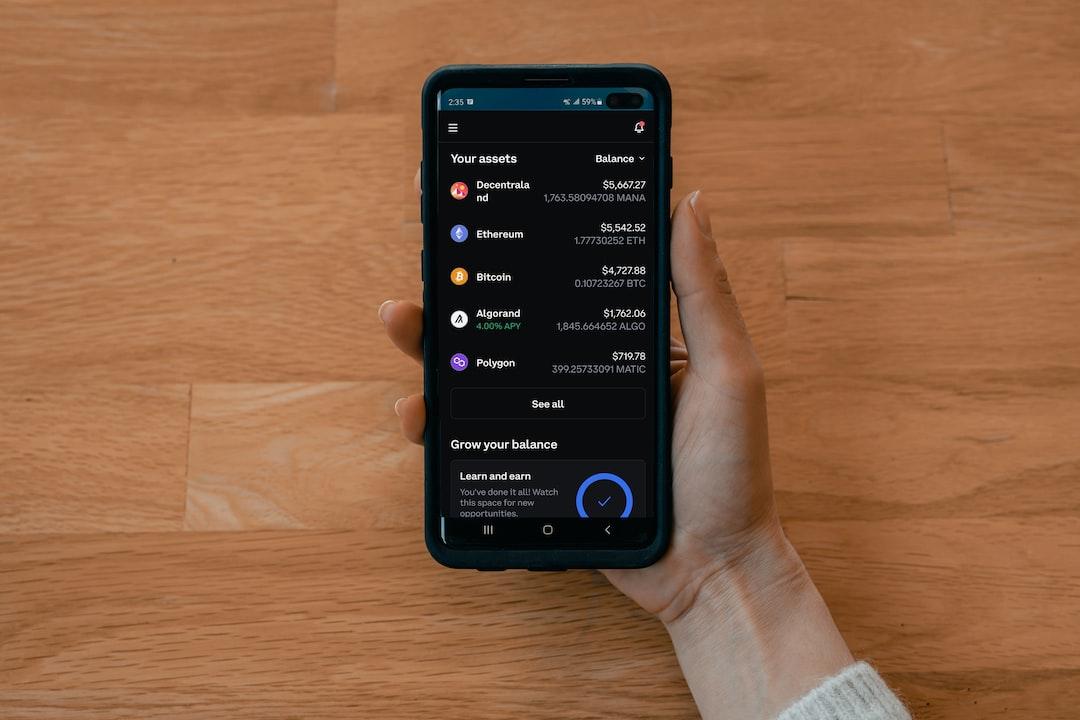
Once a tool is created, the concepts of good and evil endow it with multiple meanings. Monero is like a microcosm of cryptocurrencies today, weighing between “freedom” and “regulation,” and oscillating between “human rights” and “crime.” The goodness and malice of human nature are infinitely magnified here, much like Einstein’s comment on the atomic bomb: “Science and technology are a double-edged sword; they can both benefit humanity and destroy the world.”
